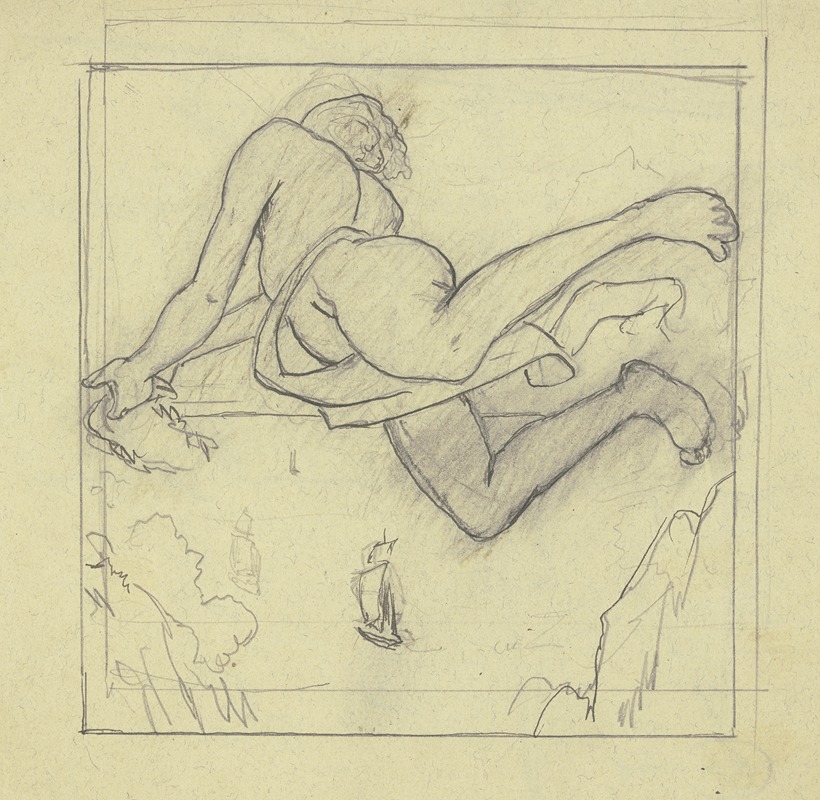
Mercure
A hand-painted replica of Hans Thoma’s masterpiece Mercure, meticulously crafted by professional artists to capture the true essence of the original. Each piece is created with museum-quality canvas and rare mineral pigments, carefully painted by experienced artists with delicate brushstrokes and rich, layered colors to perfectly recreate the texture of the original artwork. Unlike machine-printed reproductions, this hand-painted version brings the painting to life, infused with the artist’s emotions and skill in every stroke. Whether for personal collection or home decoration, it instantly elevates the artistic atmosphere of any space.
Hans Thoma (1839–1924) was a German painter associated with the late Romantic and early Symbolist movements. He is known for his detailed landscapes, portraits, and mythological themes, often drawing inspiration from German folklore and classical mythology. One of his works, Mercure, depicts the Roman god Mercury (known as Hermes in Greek mythology), who is traditionally associated with commerce, communication, and travel.
The painting Mercure is an example of Thoma's interest in mythological subjects, which he explored throughout his career. In this work, Thoma portrays Mercury in a serene and contemplative manner, emphasizing the god's role as a mediator and messenger. The composition reflects Thoma's characteristic style, blending naturalistic detail with symbolic elements. The figure of Mercury is often depicted with attributes such as a winged helmet, caduceus (a staff entwined with two snakes), or winged sandals, though specific details of these attributes in Mercure may vary depending on the version or interpretation of the painting.
Hans Thoma's work, including Mercure, often reflects his admiration for the landscapes and traditions of his native Black Forest region in Germany. His paintings frequently incorporate elements of nature, and his mythological subjects are imbued with a sense of harmony and timelessness. Thoma's style was influenced by the German Romantic painters of the early 19th century, as well as by the Italian Renaissance and the works of artists such as Albrecht Dürer.
While Mercure is not among Thoma's most widely known works, it is representative of his broader artistic themes and interests. Thoma's oeuvre as a whole was well-regarded during his lifetime, and he held prominent positions in the German art world, including serving as director of the Karlsruhe Art Gallery. Today, his works are housed in various museums and collections, particularly in Germany.
Due to limited specific documentation on Mercure, further details about the painting's creation, dimensions, or current location are not readily available. However, it remains an example of Hans Thoma's engagement with classical mythology and his ability to merge symbolic content with a naturalistic aesthetic.





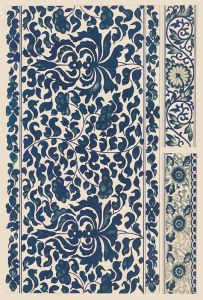
![Ruins. Temple on the Island of Biggeh [Bîga, Bîjah], Nubia.](/imgs/217537/s/david-roberts-ruins-temple-on-the-island-of-biggeh-biga-bijah-nubia-1cd1f41d.jpg)
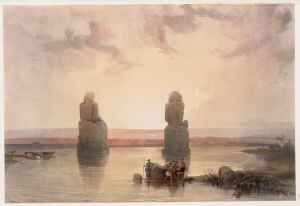
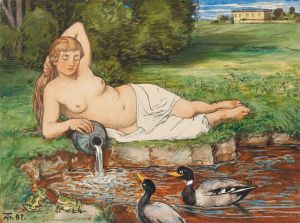
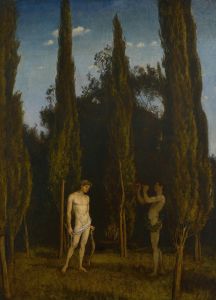
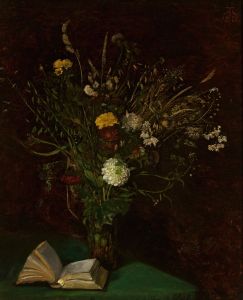
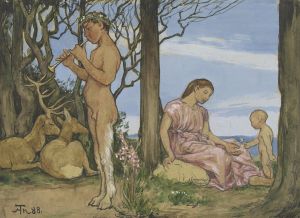
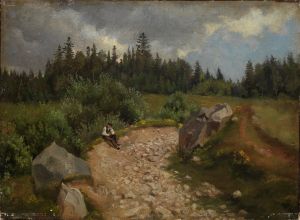
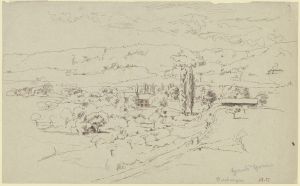
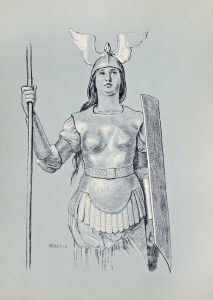
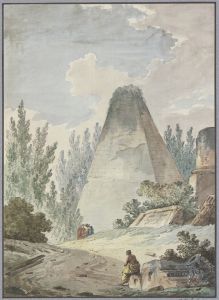
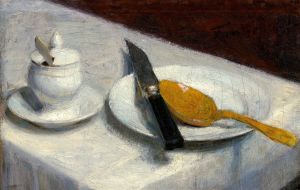
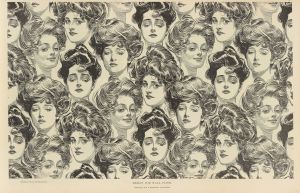
![Interior designs for screens and ceilings.] [Drawing of plans, elevation, and details](/imgs/249430/s/winold-reiss-interior-designs-for-screens-and-ceilings-drawing-of-plans-elevation-and-details-99a8cb0f.jpg)